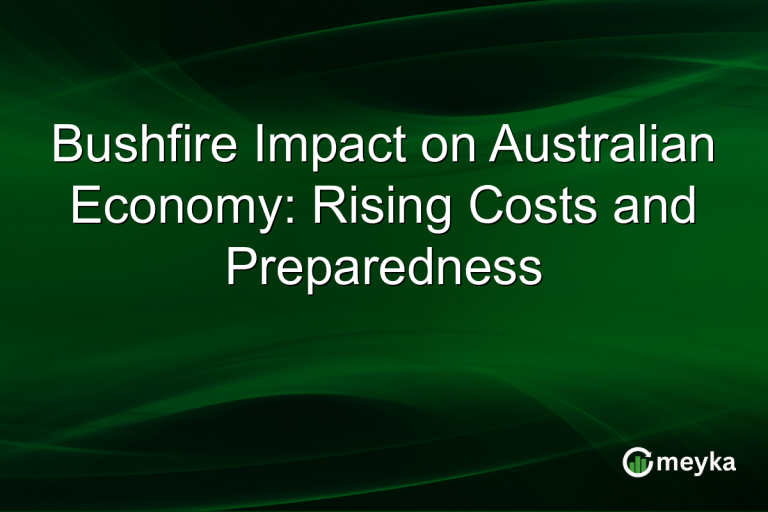Philadelphia Market Activity Surges by 300%: Analyzing Economic Impulses
Philadelphia has experienced a dramatic 300% surge in market activity, signaling notable shifts in its economic landscape. This surge is largely an outcome of new real estate development and strategic advisory committee decisions, which have set the stage for local economic growth. With investors keen on how these changes unfold, the Philadelphia market surge marks a pivotal moment for potential investment and development opportunities.
The Dynamics Behind Philadelphia’s Market Surge
The recent surge in Philadelphia’s market activity is primarily driven by real estate development projects gaining approval at a rapid pace. Over the past year, the city’s planning commission has greenlit numerous high-profile developments, leading to increased investor interest and financial inflows. This escalation reflects both local economic growth ambitions and attractive investment conditions.
A significant factor contributing to this boom is the strategic push from local advisory committees focused on revitalizing urban areas. These committees, comprising city planners and economic analysts, specifically target underdeveloped neighborhoods. By promoting innovative development projects, they aim to foster sustainable growth.
Source on recent market activity
Consequently, this strategic development plan supports Philadelphia’s long-term economic objectives. Looking forward, the city appears poised to sustain this momentum by capitalizing on both public and private sector initiatives.
Impact on Local Economic Growth and Community
Philadelphia’s market surge holds considerable promise for local communities. As new real estate developments rise, job creation and housing options are expected to improve significantly. This aligns with broader economic objectives to enhance living standards, reduce unemployment, and boost city revenues through increased property taxes.
The local government, backed by advisory committees, continues to focus on ensuring these developments meet community needs. By integrating green spaces and affordable housing into new projects, Philadelphia aims to balance economic growth with social outcomes.
This illustrates a comprehensive approach typical of sustainable urban planning, which not only supports economic interests but also enriches community well-being. If effectively managed, this balance could position Philadelphia as a model for urban redevelopment nationwide.
Strategic Role of Advisory Committees
Advisory committees in Philadelphia play a crucial role in shaping the city’s developmental trajectory. By conducting market analysis and community feedback sessions, these committees identify key areas where development can yield maximum impact.
Their recommendations often dictate zoning changes, funding allocations, and project approvals, ensuring that growth aligns with Philadelphia’s urban vision. Recent sessions have emphasized expanding public transportation and integrating technology into infrastructure projects, which are seen as essential to supporting future development.
Thus, the strategic input from these committees not only guides real estate development but also secures long-term sustainable growth. This collaborative approach underscores the importance of partnership between government bodies and the private sector in achieving economic resilience.
Final Thoughts
Philadelphia’s 300% market surge, driven by real estate development and strategic advisory input, marks a vital shift in its economic landscape. This transformation holds promise for substantial economic growth, presenting lucrative opportunities for investors and improving living standards for residents. By maintaining a balance between innovation and urban needs, the city is well-positioned to continue its upward trajectory. As Philadelphia’s model is studied, it could inspire similar economic strategies in other urban areas seeking sustainable growth.
FAQs
The surge in Philadelphia’s market is driven by a series of approved real estate developments and strategic decisions by advisory committees targeting underdeveloped areas. This led to increased investor interest and financial influx, supporting local economic growth.
Real estate development enhances job creation, improves housing options, and boosts city revenues. It also seeks to meet community needs by incorporating green spaces and affordable housing, contributing to sustainable urban development.
Advisory committees analyze market trends and gather community feedback to recommend zoning changes, funding allocations, and project approvals. Their strategic guidance ensures that development initiatives are aligned with economic and community goals.
Disclaimer:
The content shared by Meyka AI PTY LTD is solely for research and informational purposes. Meyka is not a financial advisory service, and the information provided should not be considered investment or trading advice.






